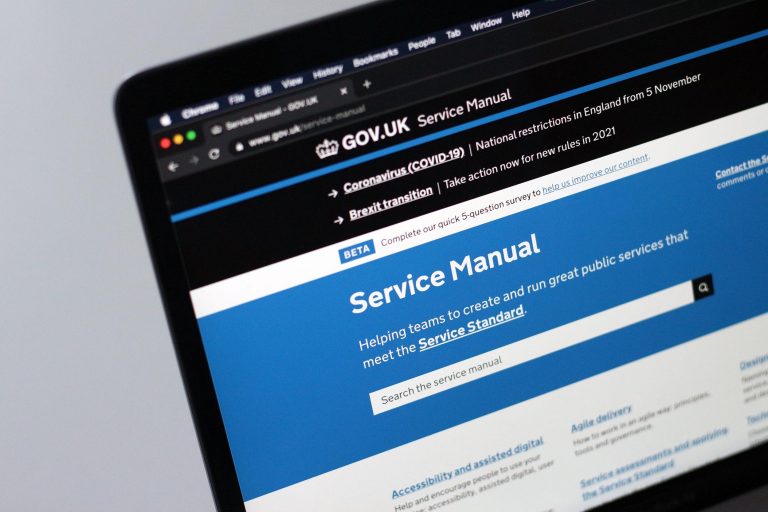Fifteen months on from the publication of government’s three-year strategic plan for digital and data, an update has revealed that work is already 30% complete on objective to improve services
An update on the implementation of government’s three-year digital and data strategy highlights a near 20% growth in the size of government’s digital, data and technology profession and that one in five of government’s top 75 digital services are now classified as “great”.
Published in June 2022, the Transforming for a digital future: 2022 to 2025 roadmap identified six missions for its three-year run, the first of which was that at least 50 of government’s top 75 digital services should achieve a “great” rating by 2025, demonstrating a “high, measurable standard of both efficiency and usability”.
Other missions include rolling out the use of One Login for government. The roadmap update says 23 services have now onboarded to One Login – among them the Disclosure and Barring Service’s Basic Check and HM Land Registry’s Sign Your Mortgage Deed. It predicts One Login will “scale up considerably” over the next 18 months, towards the aim of achieving ubiquitous adoption by 2025.
The roadmap also has a mission dedicated to delivering “digital skills at scale”, which has Home Office permanent secretary Sir Matthew Rycroft as its sponsor.
Related content
- Government expands legacy tech definition to cover downtime and dearth of expertise
- Government CTO interview: ‘Technologists have a duty to explain tech – and have not always done a great job’
- GOV.UK One Login to cost £305m – and deliver £1.75bn benefits, report finds
The progress update said work to address “critical digital skills requirements” in the civil service had seen the size of the DDaT profession grow in size by 19% between April 2022 and April 2023, and that organisations across the civil service had now adopted the common DDaT pay framework.
The updated skills mission repeats original roadmap goals of keeping DDaT vacancies below 10% and reducing average hiring timescales to 30 days but it adds a new target: getting 6% of the entire civil service workforce to be members of the DDaT profession.
The mission also proposes that 2,500 new entrants to the DDaT profession should come through apprenticeships and early-career talent programmes.
Additionally, the roadmap refines its thinking in relation to the use of artificial intelligence as part of the “better data to power decision-making” mission – stressing the “responsible use” of emerging technology.
The original version called for departments to “systematically identify and capture” opportunities that arise from emerging technologies, such as artificial intelligence, blockchain and quantum computing.
The 2023 update says: “Government will systematically track opportunities arising from emerging technologies, with a special focus on enabling departments to make confident and responsible use of artificial intelligence to improve efficiency and services.”
In his foreword, Burghart, who is parliamentary secretary for the Cabinet Office, said it was vital that departments remained “adaptable and focused” to successfully achieve digital transformation.
“A little more than a year on from publication, I’ve been hugely encouraged by the progress and substantial outcomes already delivered by teams across government,” he said. “For example, over 2.2 million users have now proven their identity using GOV.UK One Login, using a choice of different routes including the app, web options and in person, while thousands of new technical experts have joined the civil service digital, data and technology profession.
“By delivering against the roadmap, it’s my firm belief we will build the foundations for a better and more productive economy and society.”
Paul Willmott, executive chair of the Central Digital and Data Office, said no one should underestimate the scale of the challenge the government faces in relation to digital transformation.
“People expect government services to be as good as the best online experiences in the private sector,” he said. “Rising to meet these expectations will require change on a scale that government has never undertaken before.”
Willmott said it was only possible to make effective decisions, meet customer needs and respond to new challenges and opportunities with modern technology, real-time access to high-quality data, a “cadre of skilled digital talent” and the right conditions for innovation to thrive.




